Home security has gone beyond mere locks and keys, venturing into advanced surveillance technology, automated security systems, and complex networks of interconnected devices.
In this blog post, we'll unravel the intricacies of different home security systems, examine each's strengths and potential drawbacks, and help you make an informed decision for your home's safety.
Quicklook:
| Home Security System Type | Strengths | Potential Drawbacks |
|---|---|---|
| Traditional Alarm Systems | - Sensors detect potential break-ins - Can be wired (reliable, suited for large homes) or wireless (easy installation, flexible) |
- Susceptible to false alarms - Primarily focuses on intrusion detection |
| Surveillance Cameras | - Provides real-time monitoring - Deters intruders, documents events for later review - Variety of options (fixed, PTZ, hidden cameras) - Advanced features available (facial recognition, motion detection, night vision) |
- Advanced features often come with a higher price tag |
| Smart Home Security Systems | - Integrates multiple security components into a single network - Remote access and real-time notifications - Automation capabilities |
- Internet-based, thus susceptible to hacking and other cyber threats - Requires strong cybersecurity measures |
| Monitored Systems | - 24/7 monitoring by a professional security company - Company contacts you and alerts authorities if alarm is triggered |
- Usually comes with a monthly fee |
| Unmonitored Systems | - No monthly fee associated | - If alarm is triggered, it's up to you or a neighbor to contact the authorities - May leave home vulnerable if no one is available to respond |
Traditional Alarm Systems
Traditional alarm systems form the bedrock of home security. These systems use sensors placed around the house-on doors, windows, and often high-traffic areas-to detect potential break-ins. When an intrusion is detected, the system triggers an alarm to alert the homeowners and, in some cases, a security company or the local authorities.
These alarm systems can be either wired or wireless, each with its own set of advantages. Wired systems are known for their reliability and are ideally suited for large homes, while wireless systems offer easy installation and flexibility, perfect for renters or people who relocate frequently.
However, traditional alarm systems can sometimes be susceptible to false alarms, which can desensitize homeowners to potential real threats over time. Moreover, these systems primarily focus on intrusion detection, leaving other areas of home security unaddressed.

Surveillance Cameras
One of the significant leaps in home security technology is the advent of surveillance cameras. These systems provide real-time monitoring of your property, deterring would-be intruders and documenting events for later review. Surveillance cameras come in various shapes and sizes, each suited for a different purpose.
Fixed cameras are the most common type, capturing everything in their field of view. Pan-tilt-zoom (PTZ) cameras, on the other hand, offer greater flexibility by allowing homeowners to control the camera's movement and focus. Hidden cameras are another option, designed for discretion and often masquerading as everyday objects.
With the rise of smart technology, many cameras now offer advanced features like facial recognition, motion detection, night vision, and integration with other smart home devices. But remember, more features often mean a higher price tag, so consider your specific needs before splurging on a high-tech camera system.
Smart Home Security Systems
Smart home security systems represent the next frontier in home protection. Leveraging internet connectivity, these systems integrate multiple security components - from cameras and motion detectors to smart locks and smoke detectors - into a single, controllable network.
One major advantage of smart systems is remote access. Whether you're at work or vacationing on a remote island, you can monitor and control your home's security through a smartphone app. Real-time notifications alert you the instant something awry happens, allowing you to respond promptly.
Moreover, many smart systems offer 'automation'-they can be programmed to perform certain tasks when specific conditions are met. For instance, a system might automatically lock all doors at a particular time each day or turn on the lights when the security camera detects movement.
But with great convenience comes potential risk. As these systems are internet-based, they are susceptible to hacking and other cyber threats. Therefore, if you opt for a smart system, it's crucial to take cybersecurity measures seriously, such as using strong, unique passwords and keeping all devices updated.
Noorio smart home secuirty sytstems are the best home protection in this world. Give it a try in holiday!

Monitored vs. Unmonitored System
Regardless of the type of security system you choose, another critical decision you'll need to make is whether to have your system monitored or unmonitored.
Monitored systems are monitored 24/7 by a professional security company. If an alarm is triggered, the company will attempt to contact you and, if necessary, alert the appropriate authorities. This comprehensive level of protection offers peace of mind, especially when you're away from home for extended periods. However, this service usually comes with a monthly fee.
Unmonitored systems, by contrast, don't involve a third-party service. When an alarm is triggered, it's up to you or a neighbor to contact the authorities. While this option can save you the cost of a monthly fee, it may leave your home vulnerable if no one is available to respond to an alarm promptly.

Final Thoughts
Home security isn't one-size-fits-all. Different types of systems offer varying degrees of protection, convenience, and cost. Understanding these differences is the first step in choosing the right system for your home. DIY build your home surveillance system is good chocie too.
Remember, the goal isn't to build an impenetrable fortress but to create a home that's safe and secure. So, consider your specific needs, research different systems, and don't hesitate to seek professional advice if needed. After all, there's no greater peace of mind than knowing your home and loved ones are protected.
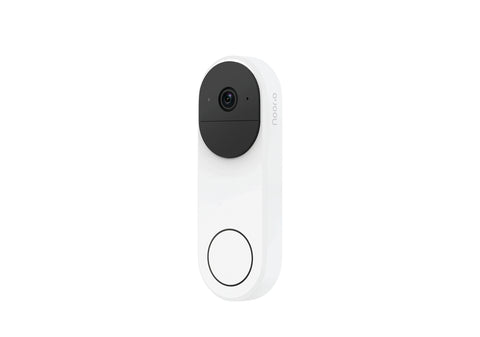
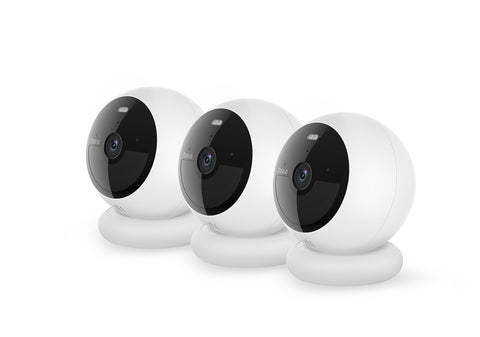
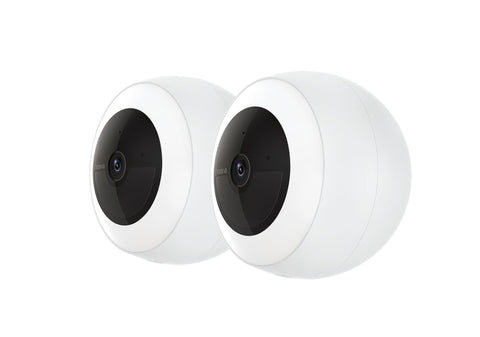
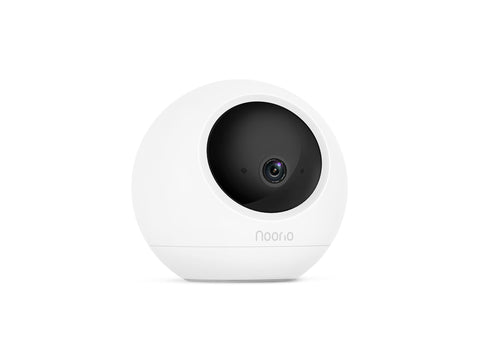
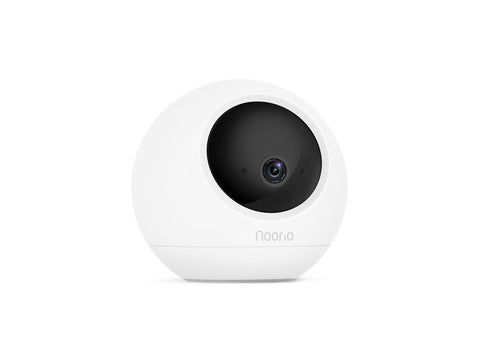







2件のコメント
thank you